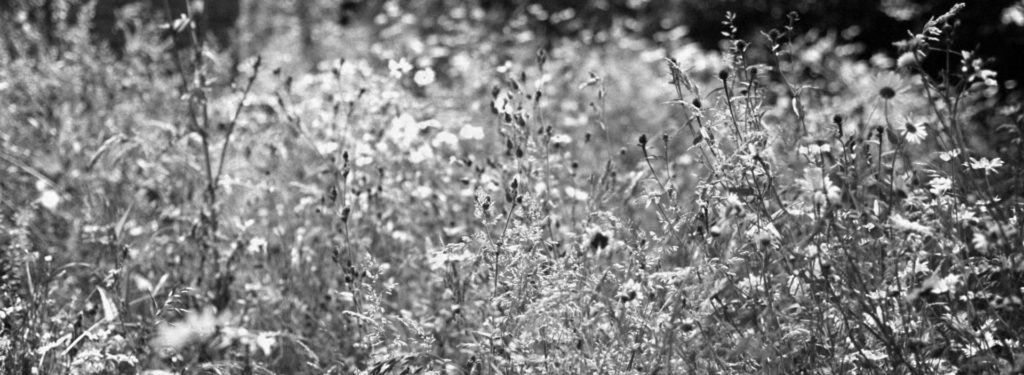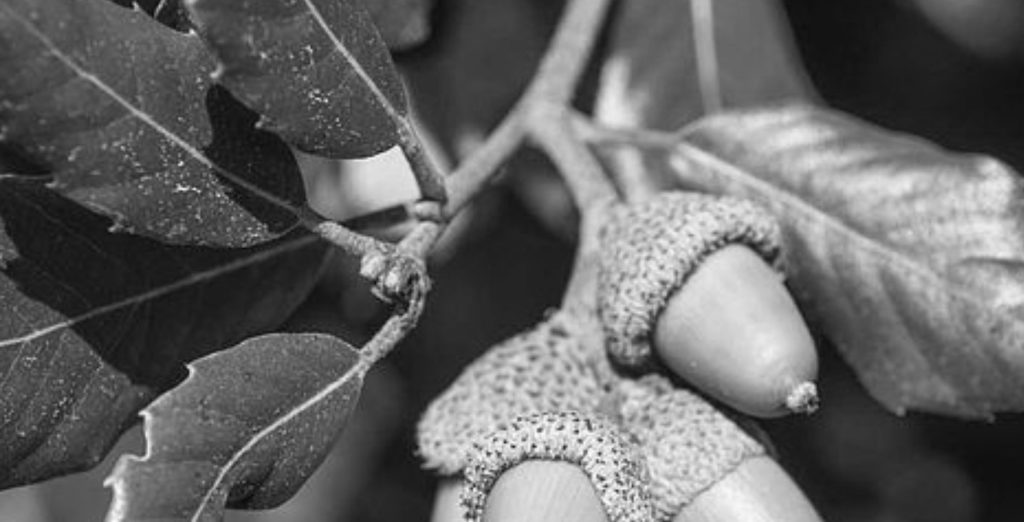Laura Potts is a long-term York resident and has been involved elsewhere in the city with the planting and care of natural environments. She responded to the recent public engagement about the Eye of York and this prompted an email conversation about planting and sustainable landscape in this space. We have edited this into a brief blog.
Laura:- Thanks for all your work on this. I have already written with some ideas about suitable trees for planting here, and other planting ideas, and would be happy to be more involved with that aspect of the planned changes (I have undertaken several plantings around the city, which I also maintain).
I’m less happy with the idea of grass – which will require mowing, which requires labour and uses a lot of fuel and makes a lot of noise. We could look at softer meadow type plantings. Where I have undersown and underplanted at Scarcroft Green orchard, we now have over forty species, and the grassland quality (in a survey this summer using the tool developed by St Nick’s and SEI-Y) has been graded ‘excellent’ and in fact is the best in the city for a small space.
Furthermore, geese don’t favour long grasses and flowers! There could be benches and winding paths through the meadow – which could be cut to different patterns every year – and only require a cut maybe twice a year, rather than once a week for lawn-type grass. And there could be circular benches under the trees too.

My Castle Gateway:- Re new tree planting – we have had a lengthy conversations with others which resulted in our doing a bit of research which indicated that one of the factors in new tree planting was considering currently-non-native species which might be more resilient to climate change – presumably looking at what currently thrives a bit further south on the map. Is this something you’re aware of / considering in your own work, or is it debatable?
The links came via a Bloomberg article which was mainly about the reality behind tree-planting headline numbers – which is depressing – but the section towards the end deals with “climate ready trees” and the use of non-native species, and this link is to the Climate Ready Trees project.
Laura:- will be very interested to take a look… …got to be balanced with current needs too – certainly we should avoid having to water much in their first years. I think using native species like hawthorn, cherries, hazel, rowan, which have many beautiful cultivars, would be sustainable for expected climate changes, and for the life of the trees. None of those gets huge. It’s also important to take note of Plantlife’s view on tree planting – by way of comparing the glamorous goals for that in terms of carbon storage with gains to be made by restoring grassland which is such a crucial habitat. Danger of it being seen as either/or which I’d resist, but still worth noting. Here’s a link which sets out grassland benefits. Also the links you sent me relate to a US study where species will be different – the Woodland Trust or the Arboretum at Castle Howard would be a good source for UK advice.
My Castle Gateway:- We appreciate that so it’s very much principles rather than specifics. But it seems relevant – it’s not like climate change isn’t happening here, and it’s interesting to hear the Mayfields Trust talking about having to respond to it.

Laura:- One species that occurs to me, on reflection, is the holm oak. Grows well in East Anglia but originally Mediterranean. Evergreen and good for invertebrates, but also jays like the acorns! Gets big very slowly – can be pruned to shape. Trees do grow! But they can be pruned, and be airy and spacious too. If you want something smaller then we’re talking shrubs. The holm oak has lovely shade.
It’s also important to think beyond individual trees – inviting people to deepen their relationship with trees and appreciation of them. For example, an understanding of the mycelial networks below ground that reflect our networks above ground (connecting trees and improving their wellbeing and resilience)… …all set out in Peter Wohlleben’s book The Hidden Life of Trees and by Canadian scientist Suzanne Simard.
It could be quite exciting to think how we might do this in practice – how to motivate care and respect for what’s planted.